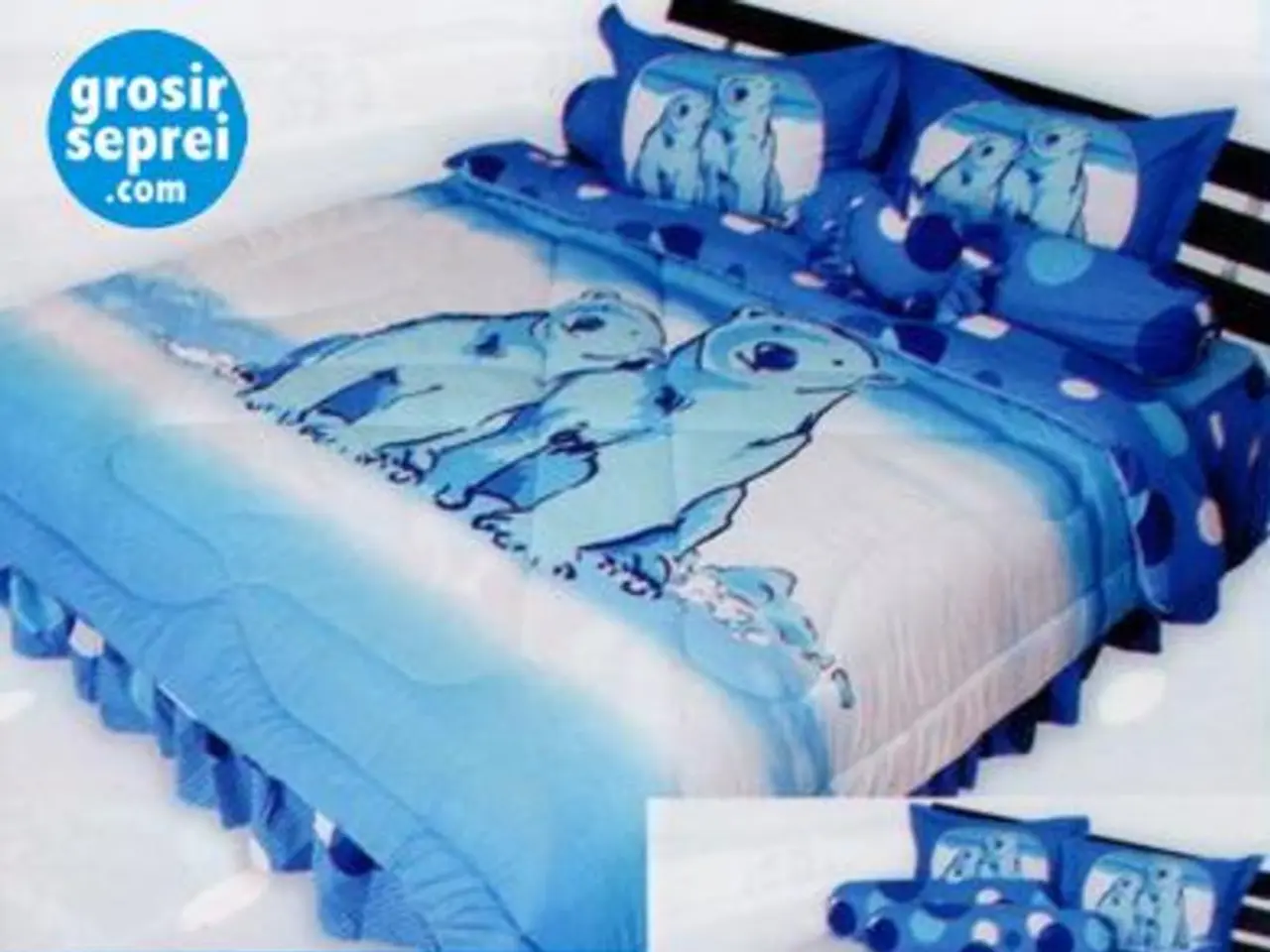Optimal Selection Guidelines for Residential Window Styles
Choosing the Perfect Fit: A Guide to Picking the Right Windows for Your Home
Every time I walk past a beautifully designed house, my eye is drawn to the windows. They're not just about letting in light; they're crucial elements that give a home its unique character. When it comes to selecting windows for my own abode, I soon realized that understanding architectural styles is essential. Different designs call for distinct window shapes and sizes. For instance, you'd often see classic colonial homes adorned with elegant double-hung windows, while contemporary residences embrace expansive glass panels.
As you ponder the architectural style of your own home - whether it's a craftsman, Victorian, or sleek modern build - this exploration helps guide your window style decisions and contributes to a cohesive appeal that accentuates your home's charm.
Thinking About More Than Just Looks
Another significant factor that swayed my decision-making concerned climate and functionality. Living in an area where summers can scorch and winters can chill means I needed windows that could endure dramatic temperature variations. While stylish designs may lure you in, functionality always takes priority.
For example, if you reside in a hurricane-prone area, impact-resistant windows would be smart. Conversely, if you live in a colder climate, consider triple-glazed windows for superior insulation. Consider the unique requirements of your household; a thoughtful selection will save energy and ensure year-round comfort.
Selecting the Ideal Material
Once I zeroed in on the desired style and functionality, the next step was choosing the perfect materials. The frame material greatly affects both the appearance and performance of your windows. Some popular options include wood, vinyl, fiberglass, and aluminum.
- Wood: Known for its excellent insulation and timeless aesthetics, wood requires regular maintenance.
- Vinyl: Low maintenance, energy-efficient, and usually budget-friendly.
- Fiberglass: Highly durable with outstanding energy efficiency, but it's often pricier.
- Aluminum: Sleek, modern, but less efficient in energy-saving performance.
Your selection should reflect your budget, preference for style, and readiness to attend to window upkeep. Personally, I chose vinyl because it best balanced durability and low maintenance.
Boosting Curb Appeal
Picking windows isn't all about practicality; it's equally about enhancing curb appeal. I remember the excitement I felt when my new windows were installed - they perfectly complemented my home's facade and made a truly noticeable difference! Windows can define your home's character, so it's essential to select styles that enhance its appearance.
Consider features such as window grids or decorative hardware to add personality to your design. A unique window shape or a bold color can set your home apart from others in the neighborhood. My neighbor recently transformed their exterior by painting their window frames a striking navy blue!
Making the Most of Your Budget
As I delved into window shopping, I always kept my budget at the forefront of my mind. Quality windows can represent a considerable financial investment, but smart spending strategies can help. Remember, though, that quality should never be neglected. Consider opting for a well-regarded brand with a solid warranty.
Additionally, factoring in installation costs, which can add up, is vital. DIY installation may seem like a cost-cutting option, but I ultimately opted for professional installation to guarantee a flawless fit.
Investing in a Long-Lasting Choice
Lastly, I often reflect on the importance of durability and trends. While popular designs might be tempting, I leaned toward timeless options that I believe will withstand the test of time. In the end, you'll not only enhance your home's comfort, but you'll also infuse it with a touch of personality that you'll enjoy for years to come! Interested in learning more about window selection? Check out replacement windows norwich ([link]) for further details.
Bonus insights:
- Based on architectural styles, colonial homes often feature elegant double-hung windows, while mid-century modern residences boast large glass expanses. Cottages and period homes typically have casement or double-hung windows to preserve their historical charm.
- In warm climates, operable windows like casement or awning styles allow for better ventilation, helping to reduce cooling costs. In contrast, double-hung or triple-paned windows are common in colder climates for their excellent insulation.
- Wooden frames offer great insulation but require more maintenance than other materials. Vinyl frames are affordable, durable, and low maintenance, while fiberglass frames provide superior insulation and are highly resistant to weathering. Aluminum frames are noted for their modern appearance but may not be as energy-efficient as other options.
Sources:[1] The Family Handyman. (2021). How to Choose Replacement Windows: A Step-by-Step Buying Guide. Retrieved from https://www.familyhandyman.com/list/how-to-choose-replacement-windows-buying-guide/[2] Improvenet. (2020). Cost of Window Installation. Retrieved from https://www.improvenet.com/r/window-replacement-costs[3] This Old House. (2021). Most Popular Window Types & Styles for Homes. Retrieved from https://www.thisoldhouse.com/windows-doors/best-window-types
- The media often showcases homes with unique window styles, blending fashion and beauty to highlight the importance of windows in enhancing a home's charm.
- When considering home-improvement projects, it's essential to look beyond aesthetics and assess the functional aspects, such as climate and energy efficiency, as these factors contribute significantly to the effectiveness of homes-and-gardens.
- When selecting window materials, any homeowner should take into account factors like upkeep requirements, energy efficiency, and budget, as the lifestyle choices made will impact the long-term performances of their windows.
- In accordance with the architectural style of a home, strategic additions like decorative hardware, window grids, or even unique shapes and colors can serve as striking features that set it apart in the neighborhood, maximizing its overall curb-appeal.








